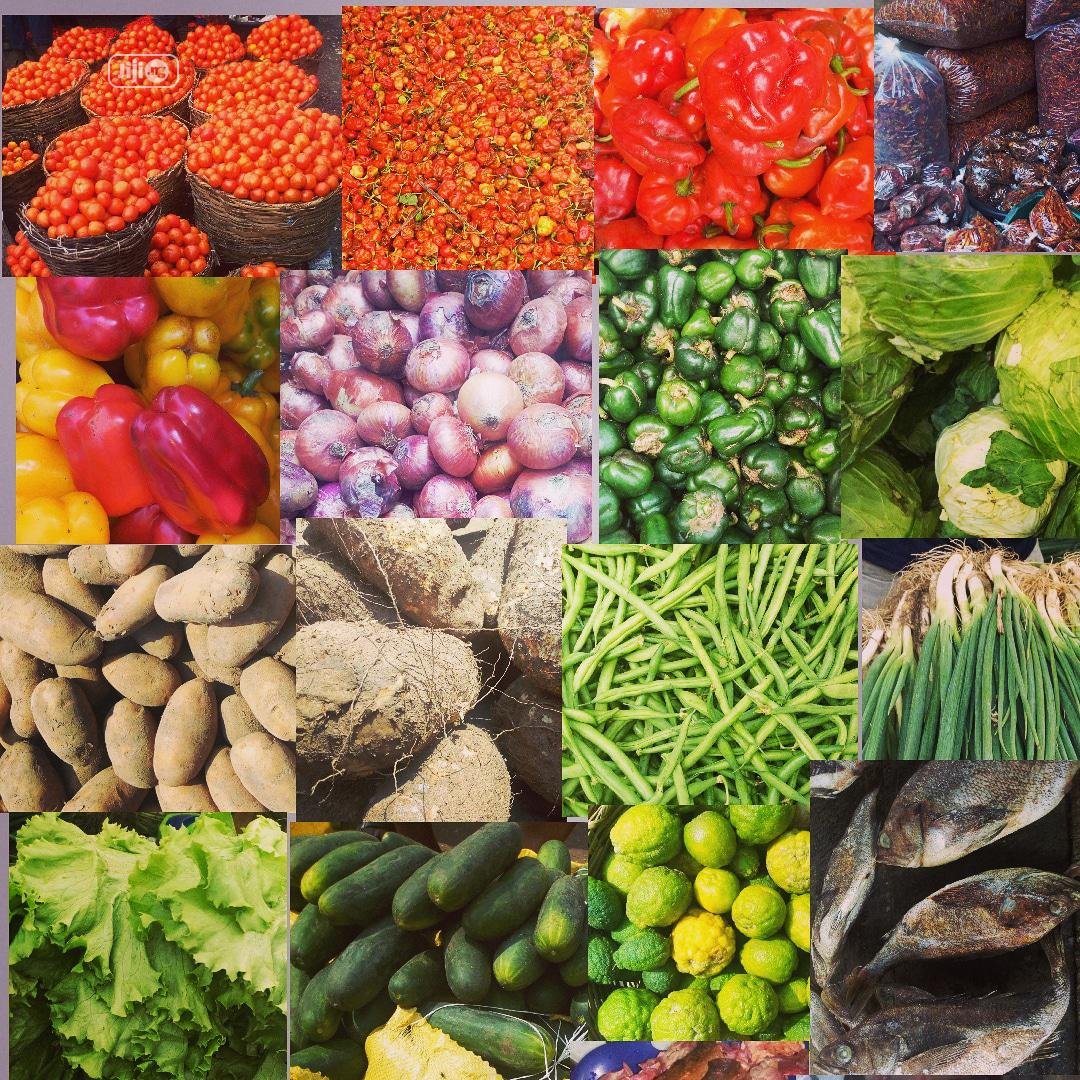
Increase in food prices pushes year-on-year inflation rate to 9% in July
Food Prices across the country have pushed year-on-year inflation for July 2021 to 9% due to the massive increase.
This is the highest rate of inflation recorded since March of this year when the inflation rate stood at 10.3 percent.
This was captured in the Consumer Price Index (CPI) data released by the Ghana Statistical Service.
The Consumer Price Index measures the changes in the price of a fixed basket of goods and services that households in Ghana consume.
The said basket which contains food and non-food items helps in appreciating the average price levels in the country.
Impact of food price increases
The contribution of food to overall inflation in Ghana has risen in the past 2 months. Food contributed 41.8% to overall inflation in June, and 47% in July.
Data from commodity price analysts Esoko indicates that a 100 kg bag of maize at the Techiman market has risen by about 60% from January to June this year, rising from GHS191 to GHS301.
A 72kg crate of tomatoes from the same market over the same period rose by almost 130% from GHS397 to GHS904.

The rise in prices in the past 2 months coincides with the period in which transport fares were increased by 13% by the Ghana Private Road Transport Union (GPRTU).
Following the increase in fares at the start of June, food inflation also saw a jump to 7.3% in that month, after food inflation dropped consistently from February to May 2021.
A critical look at the data shows that the year-on-year inflation rate for July for cereal products was one of the highest at 12.2 % while Milk, Dairy Products and Eggs in light of the issues facing the poultry sector recorded a rate of 14.2 %.
The Government Statistician, Professor Samuel Kobina Annim highlighted the impact that food inflation had on overall inflation in July 2021.
He said “If you’re looking at food inflation and its impact on the overall 9% inflation rate, the main drivers were Tea, Milk, Dairy Products and Eggs, Cereal Products and Ready-made food. These four sub-classes are the ones driving the year-on-year food inflation.”
Professor Annim stated that the impact of food on inflation can’t be argued about.
“What we have analyzed from a retrospective point of view, shows that the contribution of food has inched up by 5.2 percentage points, having contributed 41.8% to overall inflation in June 2021, and 47% in July 2021. Clearly, this points to the fact that food prices drove an overall 9% inflation rate for the month of July.” He added
Regional breakdown
At the regional level, the year-on-year inflation rate ranged from 3.0 percent in the Eastern Region to 13.8 percent in the Upper West Region. Four regions recorded inflation rates above the national average of 9.0%.
















